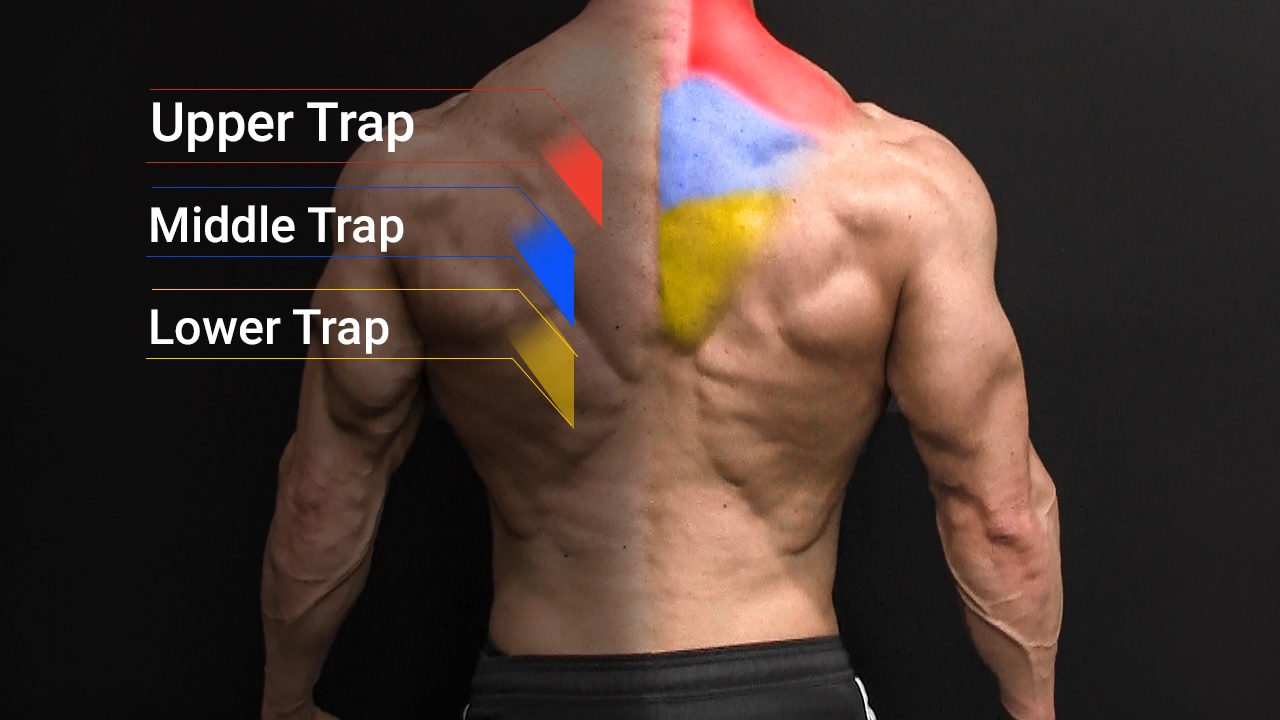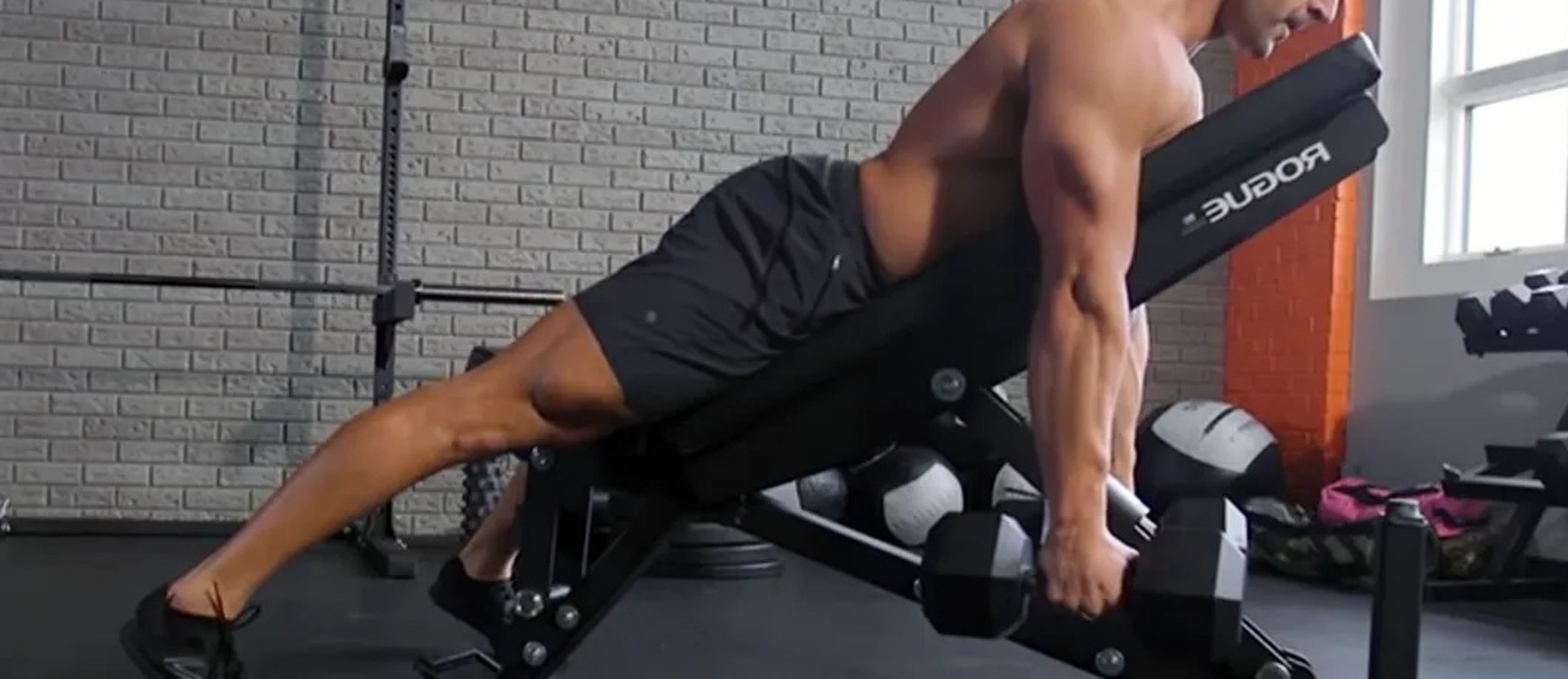Let us look into the mechanics of front raises, an exercise that has piqued our interest—a journey similar to the rewarding experience explored in the previous video focusing on the refinement of hammer curls. This exploration is a dedicated effort to enhance an already effective exercise, showcasing a deliberate and analytical approach to one’s fitness routine.
Benefits Of Front Raises:
- Prevention of Muscle Imbalances: By targeting the anterior deltoids, front raises contribute to balanced shoulder development. This is particularly important for preventing muscle imbalances that can lead to poor posture and an increased risk of injury.
- Isolation of Shoulder Muscles: Front raises specifically target the anterior deltoids, minimizing involvement from other muscle groups. This isolation is crucial for individuals looking to emphasize and develop the front portion of their shoulders.
- Versatility in Training: Front raises can be performed with various equipment, including dumbbells, barbells, or cables. This versatility allows individuals to tailor the exercise to their fitness level, preferences, or equipment availability.
- Enhanced Mind-Muscle Connection: Focusing on lifting the weights in front of the body requires a strong mind-muscle connection with the anterior deltoids. This heightened awareness during the exercise can lead to more effective muscle engagement.
- Shoulder Stability: Performing front raises challenges the stability of the shoulder joint, promoting strength in the surrounding stabilizing muscles. This can contribute to overall shoulder joint health and reduce the risk of injuries.

Trap-Free Front Raises for Targeted Deltoid Activation
Understanding Trap Engagement
When it comes to performing front raises, a crucial consideration is the proactive resistance against the involvement of the trapezius muscles. Many individuals grapple with inadvertent trap engagement, particularly during the eccentric phase of the exercise as they lower their weight. This challenge may stem from the difficulty of maintaining shoulders in a downward position or, in certain cases, from the consequence of years of unintentional trap activation developed through unnecessary flexing during workout sessions.

The Importance of Subtle Modifications
To enhance the efficacy of the exercise and cultivate a heightened mind-muscle connection with the anterior deltoids, subtle modifications are essential. This involves a keen awareness of and active counteraction against trap engagement, ensuring that front raises distinctly target the intended muscle group. The attention to form and precision becomes paramount, playing a pivotal role in refining the execution of the exercise and fostering superior muscle engagement.
Strategic Adjustments for Optimal Front Raise Execution
For individuals consistently grappling with trap engagement during front raises, a practical and effective solution lies in strategic adjustments to the body’s angle. The primary goal is to manipulate the body’s position to minimize the likelihood of traps activating. Particularly during the top of the movement when the arm is fully extended in front, it becomes challenging for the traps to engage. However, as the arm moves closer to the body, the risk of trap involvement significantly increases.
The Power of Leaning Forward
A strategic modification to overcome this challenge involves leaning forward. By tilting the body forward, especially when supported against a bench for added stability, you can effectively eliminate the portion of the movement where trap engagement is more probable.

This intentional adjustment not only hones in on targeting the anterior deltoids more precisely but also assures that you can concentrate on the exercise without the lingering concern of inadvertently activating the traps.
Incorporating Stability for Enhanced Performance
- Enhanced Stability with a Bench: Utilizing a bench for added stability enables people to concentrate on proper form. This fosters a heightened mind-muscle connection and promotes optimal muscle engagement. Instead of the conventional straight-up trajectory, this adjustment enables a sweeping motion out to the side. By incorporating this lateral movement, you can enhance activation of the anterior deltoid as the dumbbell is pulled in.
- Grip Variations for Shoulder Health: For individuals with shoulder issues, it’s advisable to explore variations in grip. Testing between a supinated (palms facing up), neutral, and pronated (palms facing down) grip can reveal which option results in less shoulder discomfort. This trial-and-error process allows you to identify the grip that minimizes discomfort and provides a smoother, more controlled movement for your front raises.
- Balancing Shoulder Development: An observation in the prevalence of people with less-developed rear delts and some development in their front delts highlights a common imbalance in shoulder development. While pressing movements indeed involve the anterior delts, overlooking the rear delts can lead to an asymmetrical and less aesthetically pleasing shoulder profile. The tendency to neglect rear delt training may create an illusion of overdeveloped front delts, when, in reality, the lack of rear delt development is the issue. Addressing this imbalance by incorporating targeted exercises for the rear delts becomes crucial for achieving well-rounded and proportionate shoulder development. So, pay attention to all aspects of shoulder training, including the often-neglected rear delts.
- Practical Cable Exercise Alternative: The alternative of facing away from the cables and tilting slightly forward to avoid floor-related discomfort is a practical solution. Additionally, pairing it with a handle adds a layer of comfort and effectiveness to the exercise. The recognition of the fact that this variation not only replicates but also enhances the conventional front raise using a single dumbbell represents a valuable insight for people seeking to improve their isolation of the anterior deltoid.

- Utilizing Fixed Bar for Lateral Head Engagement: The idea of utilizing a fixed bar or an easy bar with a wide grip to actively engage the lateral head is a unique and effective strategy. The dynamic sequence, starting with a front raise and smoothly transitioning into a pullback motion at the peak of the movement, demonstrates a deliberate consideration for targeting different segments of the deltoid. This inventive technique not only adds complexity to the exercise but also reflects a comprehensive understanding of shoulder muscle anatomy and mechanics.
- Holistic Deltoid Development: By incorporating this distinct variation, you showcase a commitment to enhancing your workout routine and highlight a strategic mindset in crafting exercises for the holistic development of the deltoids.









